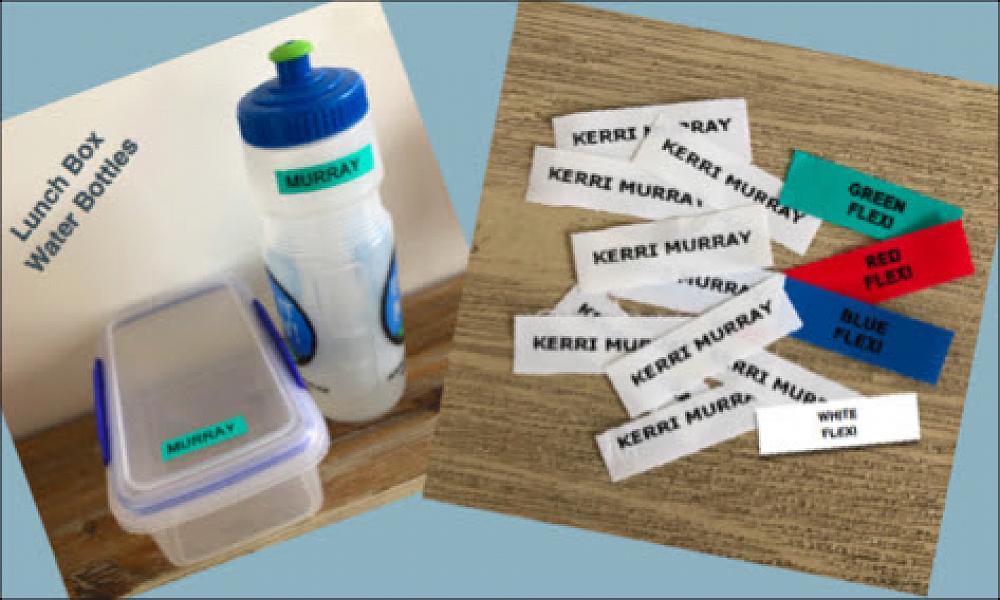Usage Tips for Airtight Zippers

In instances where protection from chemical fumes, water, and other types of substances is the topmost priority, it is a must to use airtight zippers. These types of zippers are purposely designed and made to serve as a type of protective barrier from most types of gases and liquids.
This is the reason why these are often used in many marine sportswear (life and survival suits, dry or wet diving suits), inflatable objects (water-walking balls and water beds,), camping gear (backpacks and tents), protection suits (immersion suits, decompression clothing, and firefighters’ suits) as well as other kinds of functional clothing.
It is also due to the special nature of airtight zippers that these are stored and treated in a different from the regular zippers.
Before
- For clothing that feature airtight zippers on their back part or any other parts that the wearer cannot access on his own such as in the case of dive suits, there is a need to get the help of another person to correctly zip the zipper.
- Airtight zippers made from PVC material must be used exclusively in environments with temperature of not lower than 10 degrees Celsius and not over 40 degrees Celsius. A temperature range that is more or lower than these may lead to severe weakening of the zipper’s bond to the cloth and zipper’s structural integrity as a whole. This is because extreme temperatures may lead to some chemical changes in PVC.
While Using Airtight Zippers
- The pull head should always be moved in an almost parallel direction down the rack rail. Pulling it from an angle increases the chance that the watertight or airtight properties of the zipper are going to be significantly reduced.
- Never zip up an airtight zipper too fast. You shouldn’t also zip it close and open too often. Doing so may also cause severe damage to the zipper that can affect its airtight qualities.
- If thread, cloth, or other objects that got entangled in the airtight zipper, you should avoid pulling the obstruction aggressively. Instead, zip back the pull head as gentle as possible, work the hindering cloth or thread away, before zipping this back up.
After Using Airtight Zippers
- Clean the zipper’s exterior rail gently using a soft and small brush and water. You can also use beeswax as a type of lubricant. But, you need to be careful that the beeswax and water don’t find its way inside the zipper’s interior rail since it might harshly weaken its watertight or airtight properties.
- Avoid exposing the zipper to the elements if not needed. Keep this inside a shady and cool area right after use.
Storing Your Airtight Zippers
- If you need to store the zipper for a long time, make sure to store it inside a closed case to keep it protected from humidity. It can help prevent oxidation on the airtight zipper.
- When hanging the clothes, the zipper must be kept open to lessen tension on it.
- When storing clothes featuring airtight zippers, you should roll the clothes along the zipper’s end and have the zipper face outwards. You should never bend or fold the zipper itself or press it with other heavy objects.












